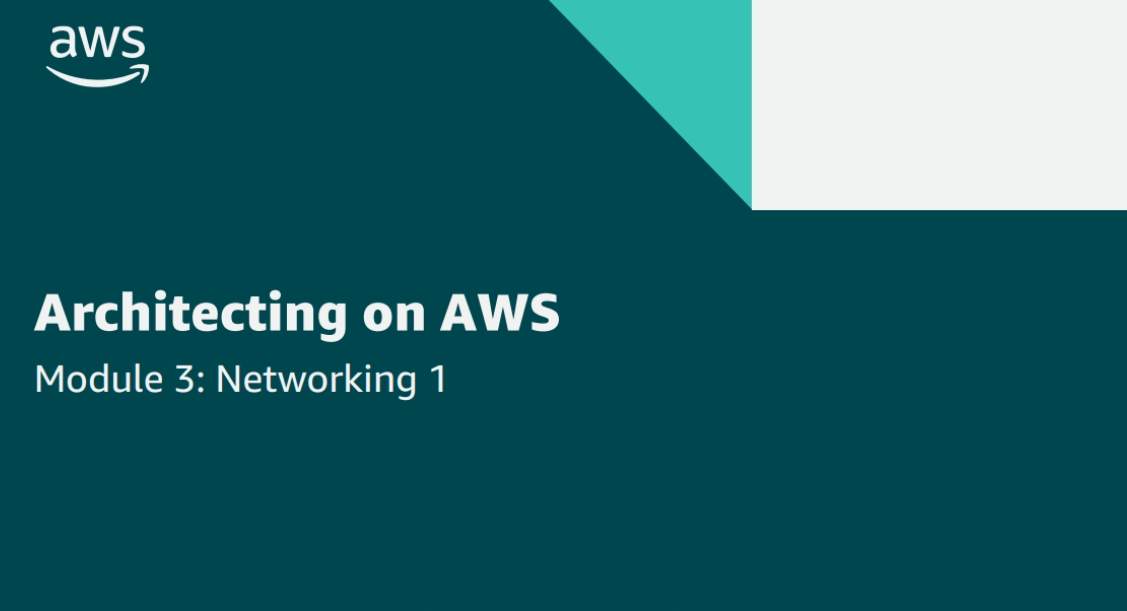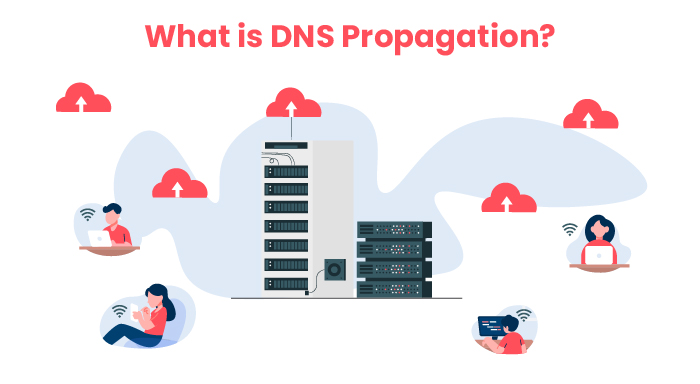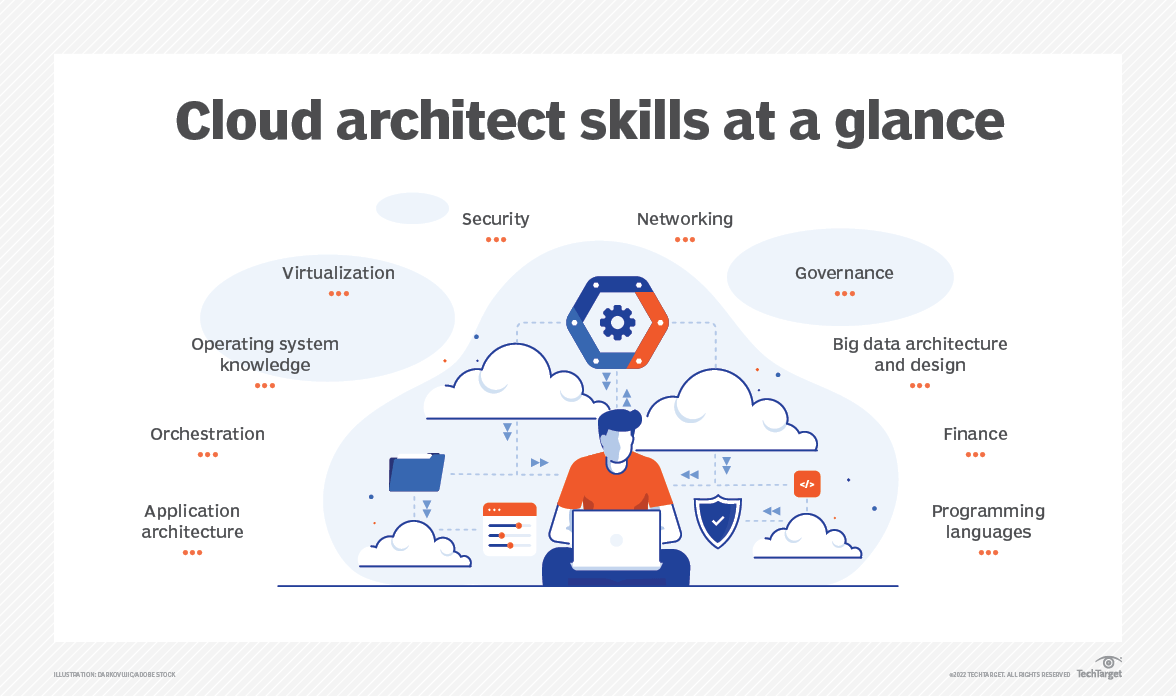Explore AWS networking essentials, from IP addressing to advanced topics like switching, routing, and VPC fundamentals. Enhance your skills and secure your network infrastructure with valuable insights.
IP Addressing, CIDR, and Subnetting
Understanding IP addressing, Classless Inter-Domain Routing (CIDR), and subnetting is fundamental to AWS networking. CIDR notation is used to define IP addresses and their associated routing prefixes. For example, the CIDR block 192.168.1.0/24 signifies an IP range of 192.168.1.0 to 192.168.1.255, where /24 represents the subnet mask of 255.255.255.0.
How to Calculate CIDR Blocks:
- Identify the IP Range: Determine the starting and ending IP addresses.
- Calculate the Subnet Mask: The number of bits used for the network portion.
- Apply the Subnet Mask: This helps in defining the specific range of addresses.
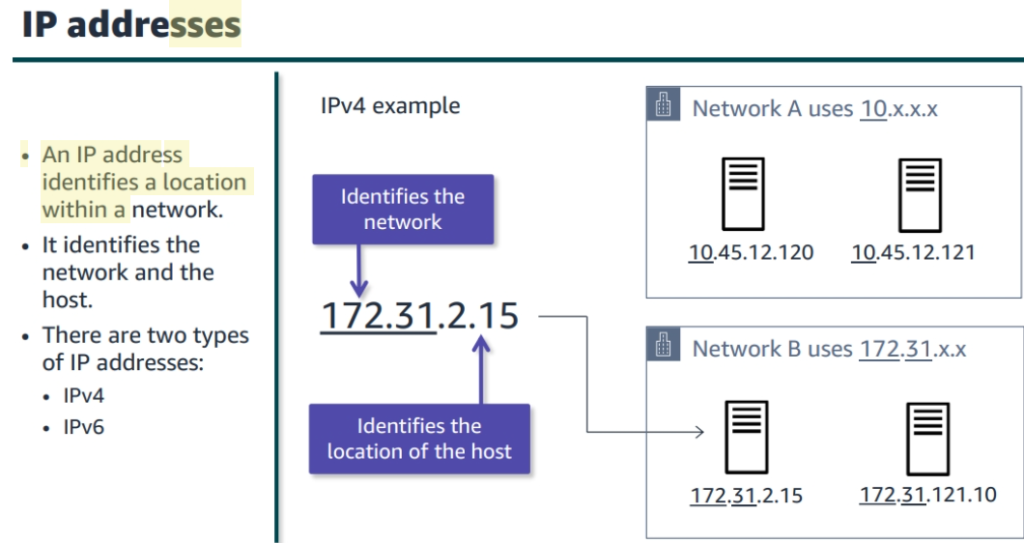
Switching and Routing
Switching and routing are essential for network traffic management. Switches operate at the data link layer and are responsible for directing data to its destination within the same network. Routers operate at the network layer, routing data between different networks.
Network Security
Securing a network involves implementing measures to protect data and resources. This includes firewalls, encryption, and access controls to prevent unauthorized access and cyber attacks.
Virtual Private Cloud (VPC) Fundamentals
A Virtual Private Cloud (VPC) allows you to launch AWS resources in a virtual network that you define. VPCs provide isolation and security for your AWS resources.
Key Components:
- Subnets: Divisions within a VPC, allowing you to segment your network.
- Internet Gateway: A horizontally scaled, redundant, and highly available VPC component that allows communication between instances in your VPC and the internet.
- Route Table: Contains a set of rules, called routes, that determine where network traffic is directed.
- Elastic IP Addresses: Static IPv4 addresses designed for dynamic cloud computing.
- Elastic Network Interface (ENI): A virtual network interface that you can attach to an instance in a VPC.
- NAT Gateways: Enable instances in a private subnet to connect to the internet or other AWS services, but prevent the internet from initiating a connection with those instances.
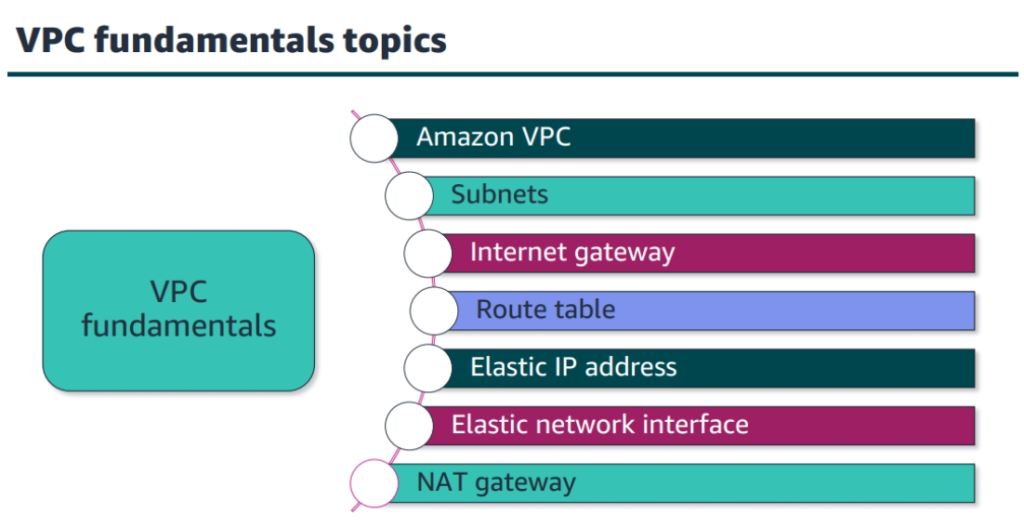
VPC Traffic Security
Network Access Control Lists (NACLs) and Security Groups are crucial for controlling inbound and outbound traffic.
NACLs are stateless and operate at the subnet level, allowing or denying traffic to and from a subnet. They are evaluated before security groups.
Security Groups are stateful and operate at the instance level. They control inbound and outbound traffic to instances.
Comparison:
- NACLs: Stateless, operate at the subnet level, support allow and deny rules.
- Security Groups: Stateful, operate at the instance level, support only allow rules.
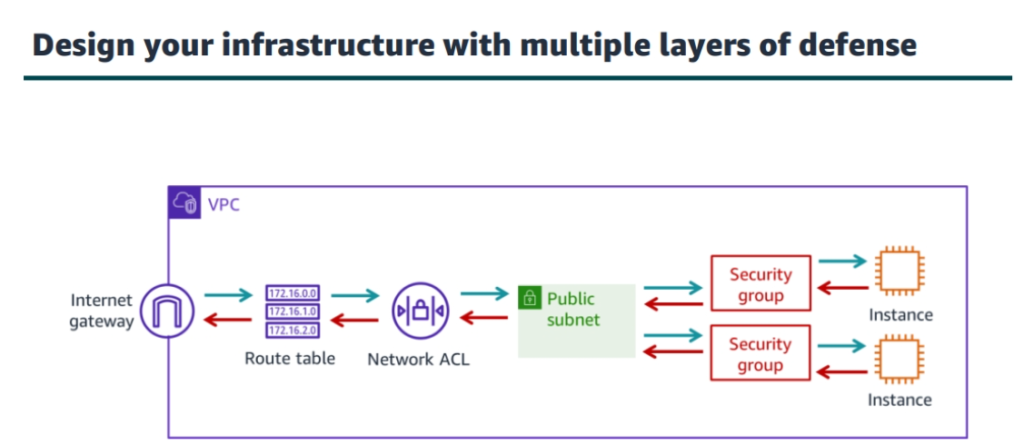
AWS networking is a critical aspect of cloud infrastructure, offering various tools and components to create a secure, efficient, and scalable environment. By mastering IP addressing, CIDR, and subnetting, understanding switching and routing, and implementing robust network security measures, you can optimize your AWS VPC for better performance and security. For further insights on securing your AWS account, check out our detailed guide on Mastering AWS Account Security.
References
These links provide in-depth information and further reading on each topic discussed, helping to enhance your understanding of AWS networking.
